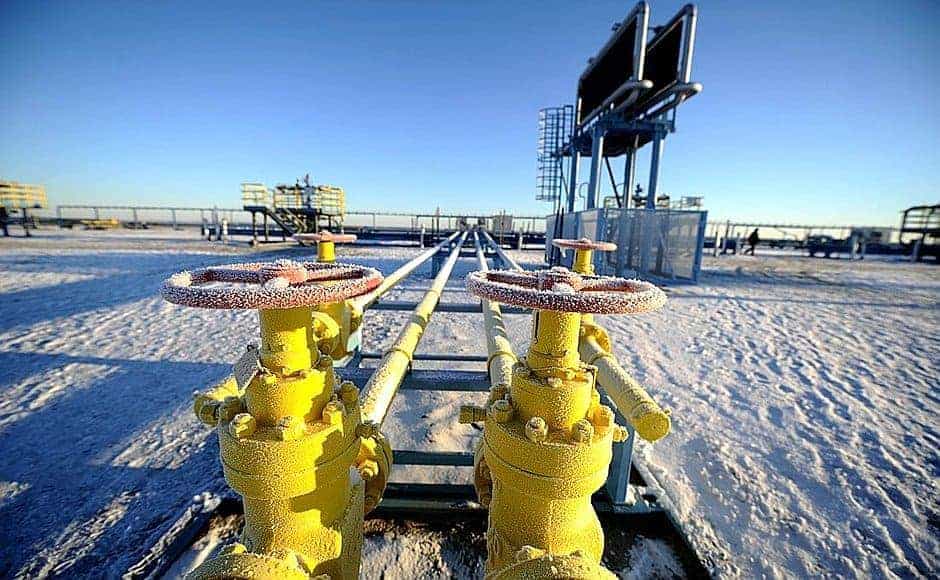Crude has rallied sharply over recent months, with the North American benchmark West Texas Intermediate (WTI) climbing to over US$55 per barrel and Brent hitting almost US$63 per barrel. This growth has sees investors flock to the flailing energy sector as they seek to cash in on higher oil and consequently stock prices. While many pundits claim that oil will climb higher because of OPEC’s decision to renew production cuts until the end of 2018, growing supply constraints in the Middle East and diminishing U.S. shale oil production could make prices collapse once again.
Global oil supplies and in particular U.S. shale oil production is not as constrained as many pundits would have us believe, however. While oil likely won’t fall to under US$40 per barrel, any significant increase in supply could see it fall to under US$50 per barrel.
Now what?
For some time, there have been mounting claims that U.S. shale oil production growth has peaked and that production won’t increase at the rate previously predicted. This is primarily because third quarter 2017 industry results indicated that shale oil producers were not as profitable as had been estimated due to greater-than-forecast costs leading to higher breakeven prices.
However, these predictions have proved far from accurate. U.S. oil production continues to grow, primarily driven by rising shale oil output. In September 2017 it grew by 3% month over month to almost 9.5 million barrels daily, its highest level since May 2015.
Meanwhile, the U.S. Energy Information Administration (EIA) production estimate for the first week of December 2017 came in at around 9.8 million barrels daily. This estimate was 11% higher than a year earlier and the highest level ever recorded by the EIA.
Money continues to pour into the U.S. shale oil industry because of firmer oil prices, highlighted by the rising U.S. rig count. The second week of December saw an increase of 931 active rigs from the previous week and was nearly 50% higher than the previous year.
Furthermore, the International Energy Agency (IEA) recently revised its 2018 U.S. production estimates upwards, forecasting that output would grow by 870,000 barrels daily during 2018 compared to an earlier estimate of 790,000 barrels. This would take U.S. oil production to over 10 million barrels daily. The IEA also expects that the U.S. will be responsible for 80% of the world’s growth in oil production between 2018 and 2025, with the majority stemming from shale oil.
Such significant production growth will weigh heavily on oil, particularly the North American benchmark price or WTI. This growth will support the wide differential that currently exists between WTI and Brent, making U.S. oil exports more attractive and further stimulating investment in the shale oil industry. This would thereby place greater pressure on oil prices).
So what?
The forecast spells bad news for Canada’s energy patch, which is only just starting to recover from the prolonged slump in crude. One stock that would be sharply impacted by crude falling to under US$50 is Pengrowth Energy Corp. (TSX:PGF)(NYSE:PGH). While the company managed to reduce its mountain of debt from an incredible $1.3 billion to $613 million over the course of 2017, it still needs WTI to reach US$50 per barrel or greater to meet its budget. Pengrowth is also heavily reliant on higher WTI to fund the ongoing development of its Lindbergh asset and further reduce debt to a more manageable level.







